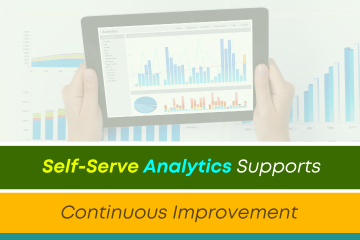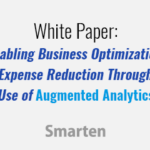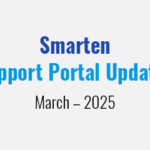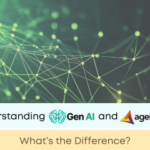Using Analytics to Encourage Continuous Improvement Can Help Every Business!

If you want to encourage and enable continuous improvement within your enterprise, analytics can go a long way toward helping you achieve your goal. When you provide access to augmented analytics solutions for your business users, you distribute knowledge and engender fact-based decision making, helping your users to accurately complete tasks and plan for future success.
McKinsey recently surveyed 2000 businesses and found that 83% of high-tech/media/telecom, 76% of banking, and more than 50% of consumer companies identified as continuous improvement organizations. There is good reason for these results. Continuous improvement improves results! And, as McKinsey reports, continuous improvement companies seek to eliminate costs and to empower employees to improve efficiency and growth of product and service innovation.
‘Businesses that use data to make decisions can adapt to change more quickly and improve services and products, customer engagement and day-to-day activities to optimize resources, funding, training, and creativity.’
Augmented analytics simplifies data analytics and enables data literacy and user adoption across the enterprise, providing actionable reporting and insight into data. When an organization includes an Augmented Analytics approach, it provides foundational support for every team member so that the organization can move toward a more collaborative, data literate environment without extensive training or expensive technology upgrades.

The goal is to encourage the use of data in all processes and day-to-day activities and to ensure data sharing and increased data popularity across the enterprise. The use of data as a decision tool ensures that an organization can transform itself from a static environment into an environment that is capable of continuous improvement and can adapt to change with flexible, scalable processes and teams.
All businesses develop processes and routines over time and these become familiar to team members. When a new employee is hired, that employee is expected to learn and follow these processes to complete tasks and pursue activities. Routines are common and can be comforting to team members, as they provide assurance that the team knows what to do and when to do it. But, in the new world of ever-changing markets and competition, team members must adapt to change and use data to make decisions, rather than depending on routines or what they may consider ‘informed opinions’ or ‘experience.’
While businesses do, and should, value experience and knowledge, that very experience can often make a team blind to what is really going on with the problems and opportunities experienced within the enterprise.
Team members will be expected to access and use data and augmented analytics tools to make decisions. These process changes should be incremental rather than a one-shot process transformation, so that business users and team members have a chance to adjust and adapt.
When a business wishes to consider an Augmented Analytics initiative, it must shift its cultural assumptions to support continuous improvement. This type of cultural shift is perhaps the most difficult to achieve since it requires that every team member be open to the ‘new world’ and embrace the tools provided, and the assumptions that are fundamental to continuous improvement.
Augmented Analytics tools are suitable for business users and will offer an easy way to incorporate data, data sharing and reporting into the culture. Managers should support these tools and require that team members ‘show their work’ with reports and graphs and charts gleaned from the augmented analytics solution to support team recommendations, reveal metrics for existing processes, and show results for new approaches, insight into problems and possible business opportunities.
When the business makes a commitment to use data for decisions, it encourages the team to use that data and empowers team members to test theories and assumptions and enable continuous improvement. The business will also see a resulting digital transformation as users find and suggest changes to improve processes and tasks and gain more confidence and comfort with data.
The enterprise should incorporate changes using knowledge and feedback from team members so that team members feel empowered and engaged in the process. If a team member suggests a change that solves a problem for themselves or for their team, they are more likely to be committed.
To succeed, the business must:
- Clearly communicate expectations, and timetables for implementation
- Roll out and manage incremental improvements with full transparency
- Listen to feedback and adapt and adjust
- Use the knowledge and experience of team members
- Encourage the use of data to test theories and hypotheses and celebrate innovation
- Promote risk-taking and creativity
- Organize, monitor and manage continuous improvement teams at every level
- Reward the use of data in the culture of change
The benefits of making culture changes and adopting a continuous improvement environment are numerous. Building a new change culture and a vision that includes constant and continuous update of skills, processes and market approach is critical to business success and competitive strategy. Businesses that use data to make decisions can adapt to change more quickly and improve services and products, customer engagement and day-to-day activities to optimize resources, funding, training, and creativity.
‘The use of data as a decision tool ensures that an organization can transform itself from a static environment into an environment that is capable of continuous improvement and can adapt to change with flexible, scalable processes and teams.’
Find out how Augmented Analytics products can help your business plan and forecast for success. If you would like more information about how analytics can help you achieve continuous improvement, you can explore our free white paper, ‘Integrate Augmented Analytics And Digital Transformation To Achieve Continuous Business Improvement.’











